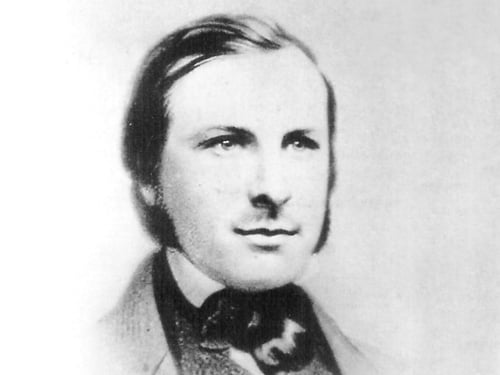
AUGUSTUS WELBY PUGIN, 1812-1852
Augustus Welby Northmore Pugin is probably the most influential of the 19th-century English architects. It would be hard to find a more illustrious father figure for the ideas that inspired most of the reform movements in British design. His parents were not particularly well-off: his father was a French designer who had emigrated to England. Pugin’s youth was marked by bankruptcy three years after he started his first furniture buisness. He then converted to Roman Catholicism in 1835 and designed thirty-six churches within seven years: he would go on to design more than a hundred during his short life. In 1836, he published a book destined to go down in history, entitled Contrasts, in which the Middle Ages appear as an era of utopia and the contemporary world is marked by corruption and exploitation. However, Pugin also believed that only “honest” architecture and design could contribute to the progress of humanity. This led him to establish few but strong collaborations with craftsmen and companies in the fields of furniture, ceramics and metalwork who shared his dedication and innovative vision. After the fire that destroyed the British Parliament (1834) and Charles Barry’s winning of the competition for its reconstruction (1836), Pugin was commissioned to produce most of the drawings necessary for the design. The work was so demanding that after delivering the design for Big Ben to Barry, Pugin suffered a complete breakdown, which led to his death within a few months, at the age of only forty. Barry did not credit Pugin for his work, allowing the merits and honours to fall entirely on him. His rediscovery was further delayed by the hostility professed by John Ruskin and was instead due to English architects who understood his significance and developed his ideas, such as George Edmund Street, in whose studio Philipp Webb and William Morris met for the first time.

